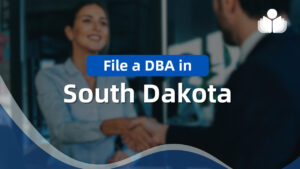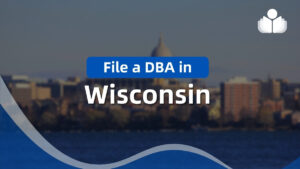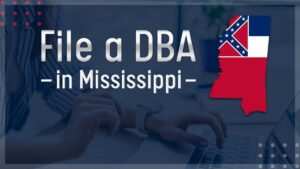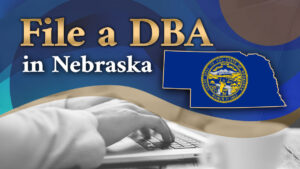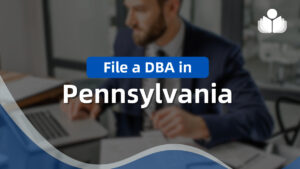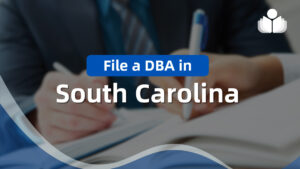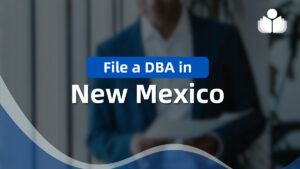There has been an extensive amount of research and sharing of opinions about what makes for a highly effective Board. Asking what a healthy Board looks like is akin to asking what a healthy person looks like or how much a car costs. It all depends.
Yet for the sake of furthering your understanding of Boards, it might be useful to consider at least one description. One of the most useful, yet not overly constricting descriptions, is offered in the book The Executive Director’s Survival Guide (Mim Carlson and Margaret Donohoe, John Wiley and Sons, 2005, p. 95). With minor modifications, the authors’ descriptions are as applicable to for-profits as nonprofits. The authors assert that the attributes of an effective Board include:
- Focus on, and passion for, the mission, and a commitment to setting and achieving vision. Board members realize that one of their most important jobs is to verify that their nonprofit is indeed meeting the community need that the nonprofit was formed to meet. (For a for-profit, the Board’s passion should be ensuring that the organization’s products and services are indeed meeting the needs and wants of customers — otherwise, sales will decrease.)
- Clear responsibilities that refrain Board members from micro-managing. [Micro-managing is when members are so involved in the details of management that they 1) damage operations because staff are continually updating members with trivial information, and 2) do not sufficiently attend to strategic matters of top-level policies and plans.]
- Desire of Board members to work together, listen to diverse views and build consensus.
- Flexible structure that changes to fit the organization’s life cycle and priorities.
- An understanding of, and ability to shape, the organization’s culture.
- An interest in knowing the good, bad and uncertain about the organization, and commitment to resolving its issues.
- Commitment to self-reflection and evaluation, with clear expectations and each member’s accountability to meet them.
Other authors mention overall features of a high-performing Board, for example, that it has:
- Governance – Board members employing very effective practices to establish the organization’s purpose and priorities, and ensuring they are effectively and efficiently addressed for maximum benefit of stakeholders (clients, customers, investors, funders, collaborators, government agencies, etc.).
- Diligence – All Board members consistently attending to their duties of care and loyalty, with full attention, participation and responsibilities in all deliberations, decisions and interactions with stakeholders.
- Transparency – Board members always providing full disclosure and explanation of the organization’s governance and financial information to support stakeholders’ efforts to understand that information.
- Accountability – Board members continually making their organization and themselves responsible to 1) conform to relevant laws, rules and regulations; and to 2) meet the expectations of stakeholders, and continually verifying with those stakeholders that their expectations are indeed being met.
(There is much more information about Boards in the Free Complete Toolkit for Boards.)
What do you think?
———————————————————————————————–
Carter McNamara, MBA, PhD – Authenticity Consulting, LLC – 800-971-2250
Read my weekly blogs: Boards, Consulting and OD, Nonprofits and Strategic Planning.
 Sections of this topic
Sections of this topic

